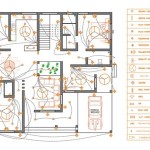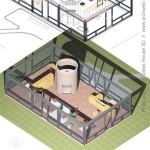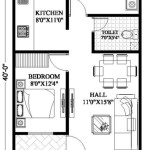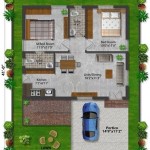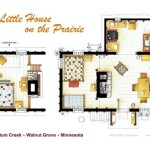Essential Aspects of House Addition Plans
Enhancing your home with an addition is an exciting endeavor that requires careful planning and execution. Here are some essential aspects to consider when creating house addition plans:
1. Purpose and Functionality
Clearly define the purpose of the addition and its intended functionality. Will it be a master suite, a guest room, a home office, or a family room? Determine the space requirements, furniture layout, and storage needs to ensure the addition aligns with your needs.
2. Architectural Style
Consider the architectural style of your existing home and ensure the addition complements it seamlessly. Consult an architect or designer to blend the new structure with the original design while maintaining a cohesive aesthetic.
3. Site Planning
Evaluate the available space on your property and determine the ideal location for the addition. Factors to consider include sunlight exposure, privacy, access to utilities, and potential impact on the existing structure.
4. Foundation and Structure
The foundation and structure of the addition must be carefully designed to withstand the weight and load of the new construction. Structural engineers will assess the soil conditions and engineer a foundation that meets the necessary safety and building codes.
5. Exterior Design
The exterior design of the addition should harmonize with the existing house. Choose materials, colors, and architectural features that blend seamlessly and enhance the overall curb appeal.
6. Interior Layout
Plan the interior layout to maximize space and functionality. Consider traffic flow, natural light, and connections to existing rooms. Create a floor plan that allows for comfortable and efficient use of the new addition.
7. Utility Integration
Integrate utilities such as plumbing, electrical, and HVAC into the existing systems of the house. Ensure the addition has adequate access to water, power, and heating/cooling while maintaining the functionality of the original structure.
8. Cost and Budget
Determine the estimated cost of the addition and create a realistic budget. Consider materials, labor, permits, and any additional expenses to ensure the project stays within financial constraints.
9. Timeline and Scheduling
Establish a timeline for the addition project, including design, permitting, construction, and completion. Factor in potential delays and adjust the schedule accordingly to avoid disruptions to your daily life.
10. Permits and Approvals
Obtain necessary building permits and approvals from local authorities. Submit comprehensive plans and comply with building codes to ensure the addition meets all safety and zoning requirements.
By thoroughly considering these essential aspects, you can create well-conceived house addition plans that enhance your home's functionality, aesthetics, and value. Engage with qualified professionals to guide you through the process and ensure a successful outcome.
Important Considerations When Building A Home Addition The House Designers

Great Room Addition Plan Post And Beam Barn Style Homes Plans Home Bedroom

A Sweet Master Suite Addition

Home Addition Plan 6236

Home Additions Remodels Documents Needed

Remodel And Addition Plans Blueprints Home Room Additions

Home Addition Plans Room Blueprint Garage Floor Plan

Sample Large Two Story Addition Pegasus Design To Build

Home Addition Plans Ideas Costs Floor Plan

2nd Floor Home Addition Plans Ideas Ranch Second Story Pictures House South Brick Beach

